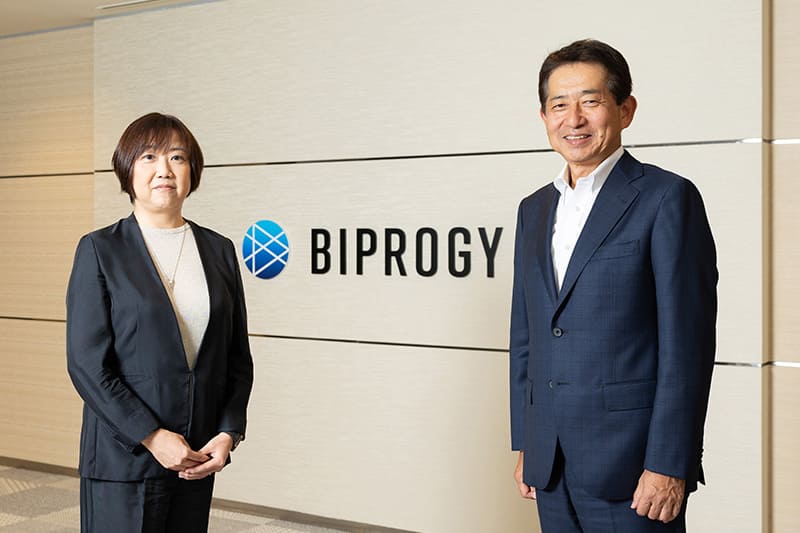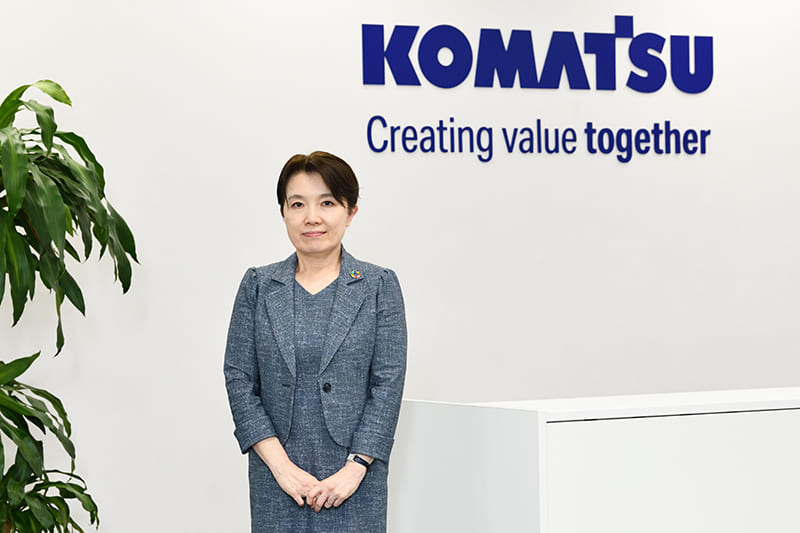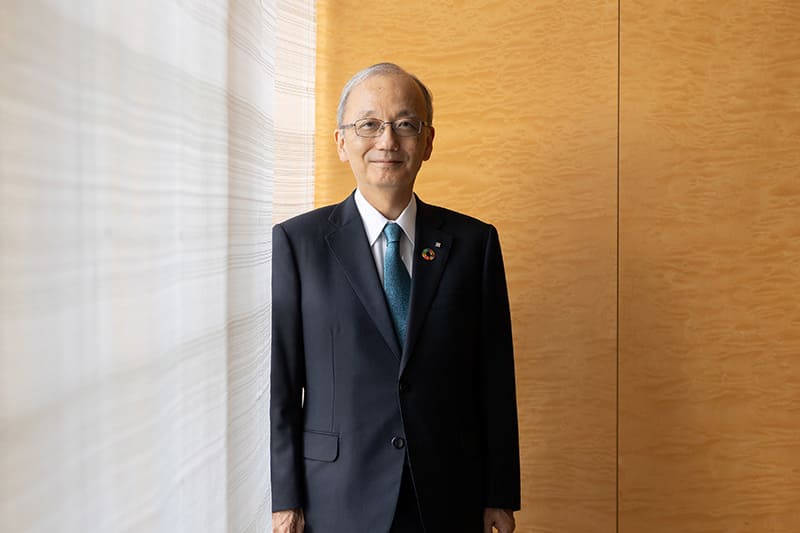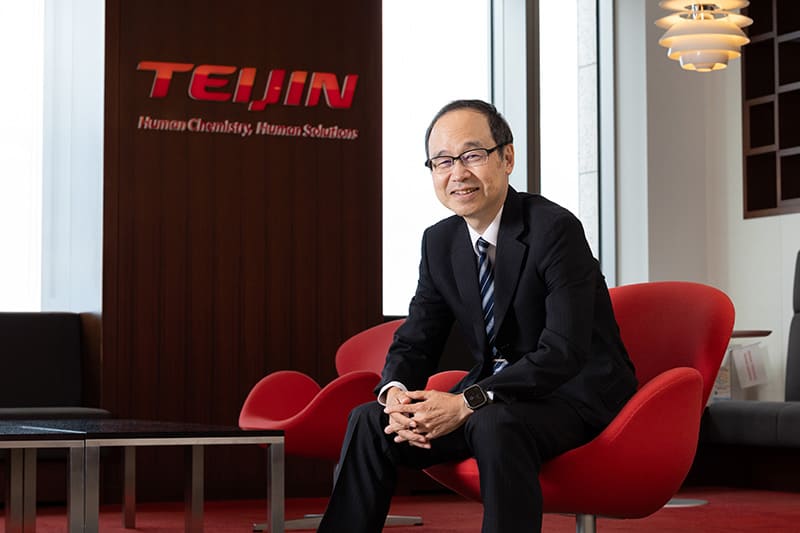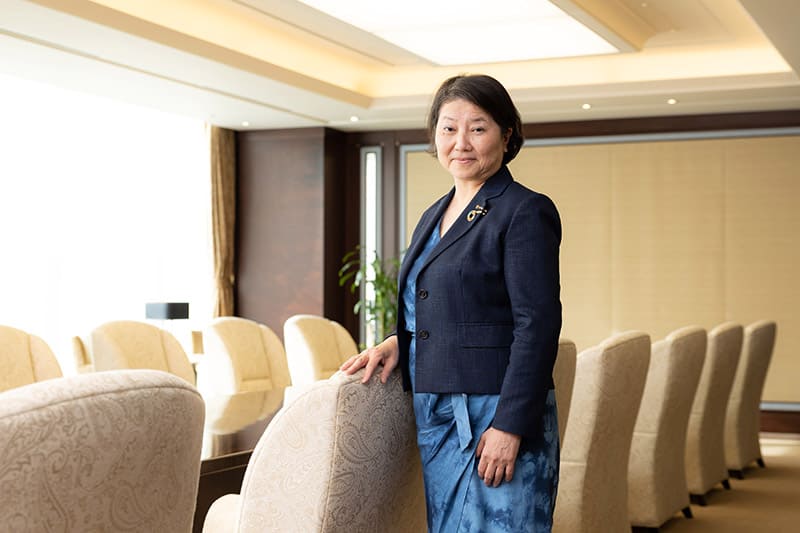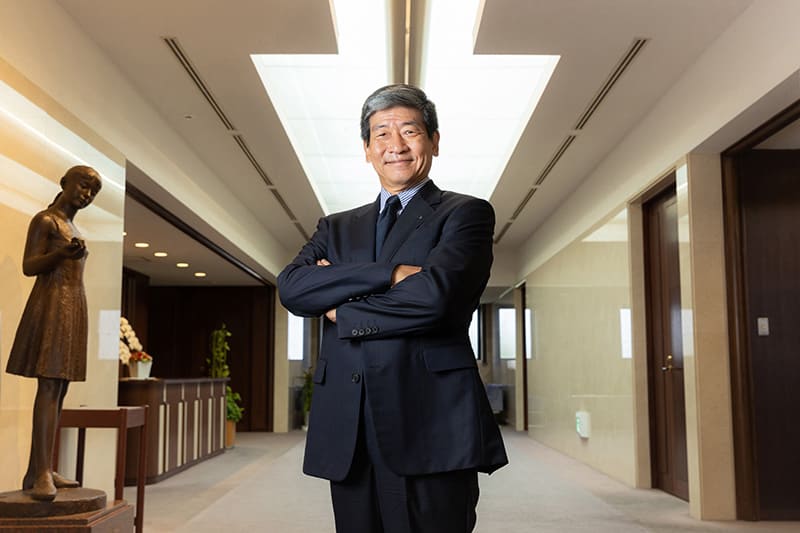August 09, 2024
SWCC keeps changing with keyword ‘new challenges’
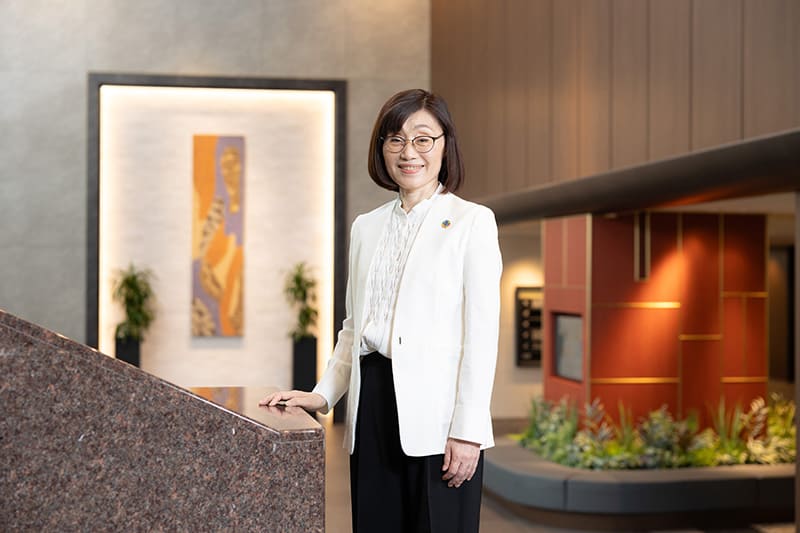
One year before their company changed its name to SWCC Corp. in 2023, one of the younger executives came to the CEO and said they needed to define a company purpose. There was a sense of crisis among some because the old name, containing “Wire and Cable,” showed exactly what the company did.
“I was told the new name, SWCC, doesn’t say what we do, and it made them worry about which direction they should go in,” CEO Takayo Hasegawa said in a recent interview, part of a monthly series by Naonori Kimura, a partner for the consulting firm Industrial Growth Platform Inc. After she gave the green light to the idea, the executive gathered together workers in their 30s and 40s at the parent company as well as its group companies and discussed it. After six months, they drafted a statement defining why the company exists.
What surprised Hasegawa was that it said what she had told her workers over and over again. The purpose started with “We’re here to face the challenges resiliently in this changing world” and summed up with: “Innovating new ideas today. Becoming the norms of tomorrow.”
This was the moment she learned her beliefs had permeated their thoughts. “Since I became the CEO, I have told them whenever I have a chance that the company needs to change and that not moving forward is going backward,” said Hasegawa, the first female CEO in Japan’s wire and cable industry.
She has told them there is no need to stick to the cable and wire business — the company’s cash cow for decades — and encouraged them to do what they can. Even though just maintaining the old business may be easier, because aging power lines will eventually need to be replaced by new ones, such conservatism limits the company’s future potential. “I have always hoped they think about the company’s future and have a strong image of moving forward to the next stage,” she said.
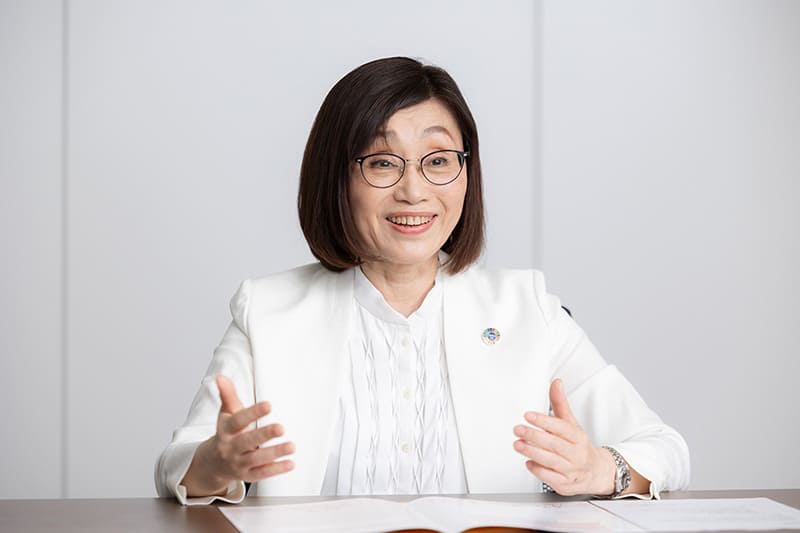
SWCC was founded in 1936 as Showa Electric Wire and Cable Co., spun off from Tokyo Electric Co., which is now the electronics giant Toshiba Corp. Since then, it has produced and sold electric wires and cables.
But its weak financial health became clear in the 2010s, and reforming its conventionalism became urgent. Independent directors who recognized the warning signs urged Hasegawa, who then was the managing director and is a Ph.D.-holding researcher with expertise in superconductors, to take the CEO post. She accepted it in 2018.
What Hasegawa did first was gather the company’s financial data since 2000, which made her realize its poor profitability, she said. During that period, the earnings results dipped into the red several times. Even in the years when it made net profits, they were very slim.
What she thought was the root cause of this financial feebleness was some sections that showed a low return on invested capital (ROIC), which measures how efficiently investments are utilized. In 2019, she introduced ROIC to gauge the profitability of each business area. Based on this, she launched reforms and streamlined the business by selling off some areas and withdrawing from others. Then the company reviewed its seniority system. It also reorganized into three major segments: energy and infrastructure; communications and industrial devices; and electrical equipment and components.
As a result, the company’s average ROIC for the following four years was 7.1%, far above the 0.7% for the business year that ended in March 2016, when the company marked a net loss of ¥9.15 billion ($60 million). Its return on equity (ROE), a widely used measurement of a company’s profitability, improved significantly to 14.7% over the four years, from minus 29.5%. The introduction of the restructuring more than doubled the company’s stock price within one year. In the last business year, it logged a record profit of ¥12.21 billion.
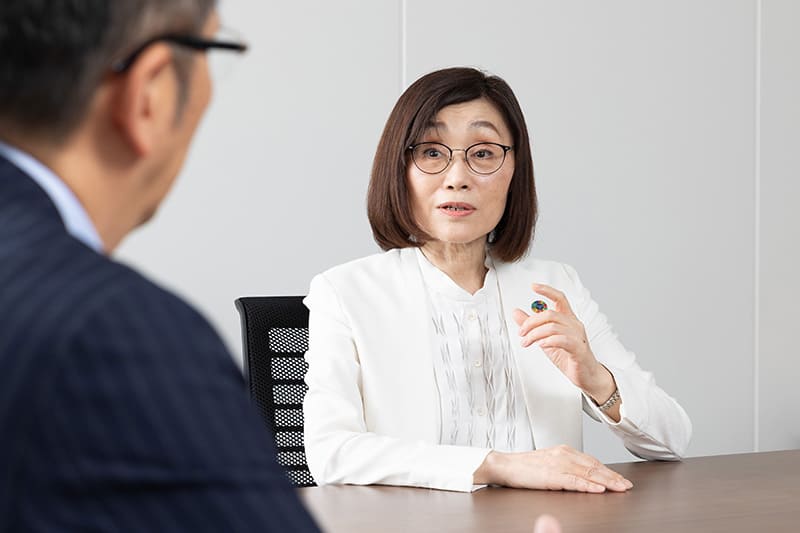
“About five years have passed since I started the reform, and the company has transformed itself significantly — the way the workers think, their motivation and their energy to take on new challenges,” Hasegawa said. But naturally, there are some people who oppose such reforms because they are used to the old culture nurtured across the company’s 88-year-old history. “It takes time, for sure. But I believe the company will continue to change over time,” she said.
SWCC currently aims to provide solution-oriented services based on its technologies and the trust it has built with corporate customers over a long time. This means the company will take a step further from merely selling products toward creating new products and services to address its customers’ needs.
Hasegawa said she always tells her employees to set a “110%” target — “By doing so, they can continue to make efforts to reach the goal, and if they get close to it, that makes them confident and gain experience,” she said.
She also said there is a strong connection between what kind of business management the company looks at and how it wants to nurture its human capital. “I believe that if the CEO decides on a direction for the corporate strategy, the CEO also has to decide on a direction and content for workforce development,” she said. Based on this philosophy, she has developed training menus for the top managers, the next-generation leaders and the younger workers. It is important to create a pool of human resources who have training in strategic management plus the mindset to change the company for the better, she said.
“I’m responsible for developing human resources who are ready and capable of running the company in the next generation, because business as well as top management continues to change,” Hasegawa said. “That’s how to create a company that stays strong, resilient and sustainable for a long time.”
Naonori Kimura
Industrial Growth Platform Inc. (IGPI) Partner
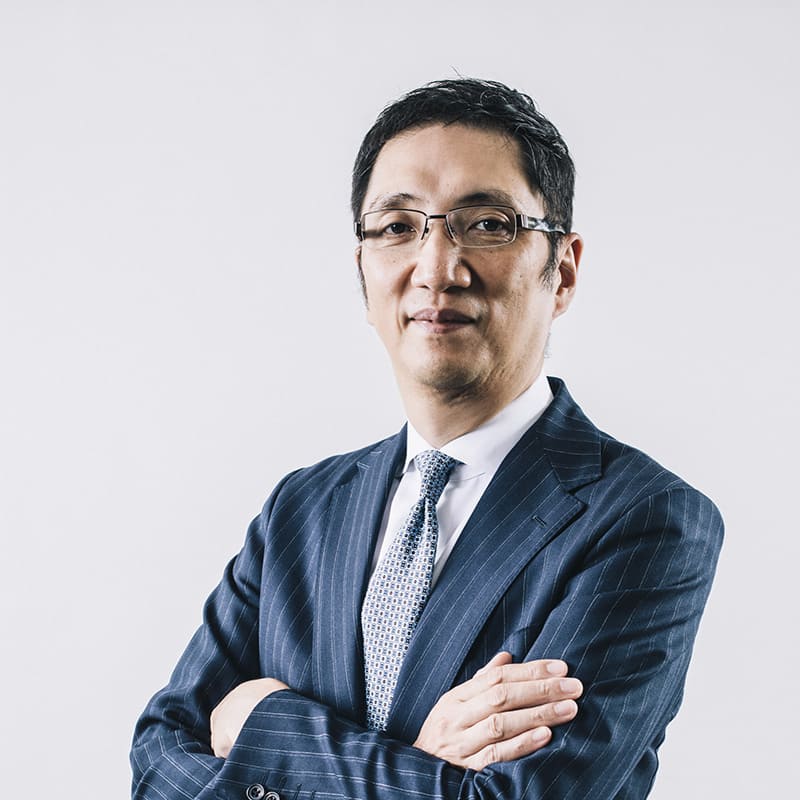
“Not moving forward is going backward”: CEO Takayo Hasegawa stresses the importance of creating a corporate culture that supports challenging employees. With its long history and stable business foundation, it must have been hard for SWCC to reform its corporate culture. But the outcome is apparent in terms of financial results and workers’ mindsets because of Hasegawa’s steady efforts since she became the CEO in 2018.
For a company’s longer-term growth, it is essential to realize not only business strategies but corporate transformation by updating the values themselves. In SWCC’s case, the company has formulated its strategies led by a leader who clearly shows the way forward and commits to developing human resources across the company, from young workers to next-generation managers.
Also, it is worth paying attention to its perfect numerical targets, which encourage workers to believe they can do it if they try, while still responding to expectations from the market. Its unique corporate purpose, written like a story, was created by its employees themselves, showing how widely reforms have spread throughout the company.
SWCC, which became a sustainable company after conducting a transformation with the top management and the employees working together, brings hope and provides a model to traditional Japanese companies that are struggling to change themselves.

